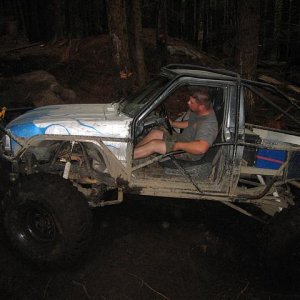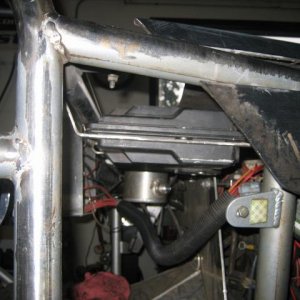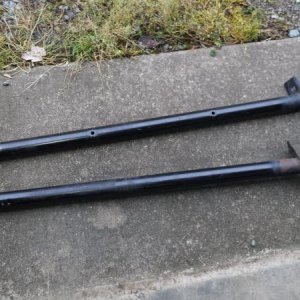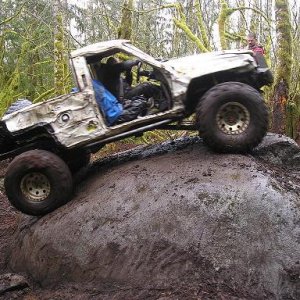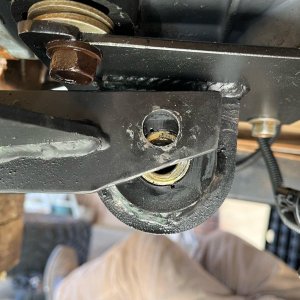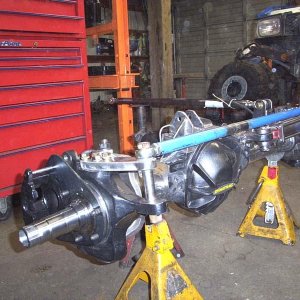To me, not knowing how to use Excel is like not knowing how to breath. It is the basic building block of any business endeavor. If there was only one program on a computer that someone could know it would be Excel to me. BUT you do have to know basic math, arithmetic, logic, and how to make and derive formulas to make any use of it at all. That is all stuff you learn in grade school. So if you're saying that that stuff is too complex and you will never be able to learn it you are saying that you are incapable of successfully completing grade school. And before anyone goes crazy about that statement, I do not believe that anyone here is incapable of completing grade school. If you are building rigs, using a keyboard, using the internet, you can probably make it through. So the alternative is that people are just mentally lazy. In today's society I would easily believe that could be the case. A lot of people today think that they can make up for mental laziness by working hard. A lot also think they can make up for physical laziness by being smart. But most truly successful people both work hard and are mentally very active.
Using the link calculator is pretty easy to me. You have to have some semblance of suspension knowledge to make it useful but you should have that if you're going to build a suspension anyway. One could type up a step-by-step how to for it but no matter what way you look at it, suspensions are not that simple. The concepts are complex, have to do with force vectors, physics, and upper-level stuff that a lot of people don't learn until they specialize in engineering in college. You don't HAVE to know all that stuff to use the calculator, that's why it was built in the first place. But its also why a basic write-up would necessarily glance over the more complex stuff. And even then it would be lots and lots of WORDS. And if someone is so mentally lazy that they won't take the time to learn basic Excel / computer skills, I highly doubt they're going to read a few pages of single-spaced text on a topic that they're already too lazy to learn in the first place.
I am not a suspension guru by any means. I've barely skimmed the surface. But I wouldn't build a suspension without the calculator. The first one I tried failed miserably. The calculator fixed everything after that. Just like anything you want to do right, you have to start at the bottom and work your way up. I would argue that you shouldn't be doing it in the first place if you're not willing to learn about it. My TIG welding is a great example of this. When I bought my machine I had ZERO expectations of laying decent beads any time in the first few years. I had no expectation that I would plug it in and start welding up fuel cells. I honestly figured it would be years before I was comfortable enough to do anything useful and I was fully prepared to not produce anything useful with it until that time had gone by. I had fully accepted that there would be no payback whatsoever on that investment for a long, long time. But I knew that, by understanding and learning the basics, I would build on them to eventually produce useful things. It hasn't taken years, I'm thankful for that, but I'm also not nearly a master welder. I'm comfortable enough to work on my own stuff now, fiends' stuff for free, but I still won't take on paid jobs. Same goes for suspension. Why would anyone expect significant results without taking the time to learn even the most rudimentary stuff? Excel, suspension basics, math = rudimentary. Do people luck out, wing it, or copy **** and get something that doesn't fail? Of course they do. But people also wing it and fail miserably when they could have just postponed the project, done some learning, and do it right the first time.
Play with the calculator. If there is a cell you don't understand, google it. Don't stop reading until you understand it. Many of the results will be on butt pirate. Eliminating that as a resource because you are easily butt-hurt is like saying you are a Christian but won't read the Bible. If you read everything, still don't understand it, and are afraid that Pirate is going to crucify you, ask here instead. Not everyone here understand everything about suspension either. We can all learn by directed discussion.



 its done sold buddy and I got the kinppin dana 60 i was after to now just need a rear one with a 67.5 wms and kush you are correct there bare some good folks on here thatll help anybody on here and ive learnt alot from reading there threads and i know i can build it i would just like to see what the numbers will say its gonna act like ya know
its done sold buddy and I got the kinppin dana 60 i was after to now just need a rear one with a 67.5 wms and kush you are correct there bare some good folks on here thatll help anybody on here and ive learnt alot from reading there threads and i know i can build it i would just like to see what the numbers will say its gonna act like ya know


